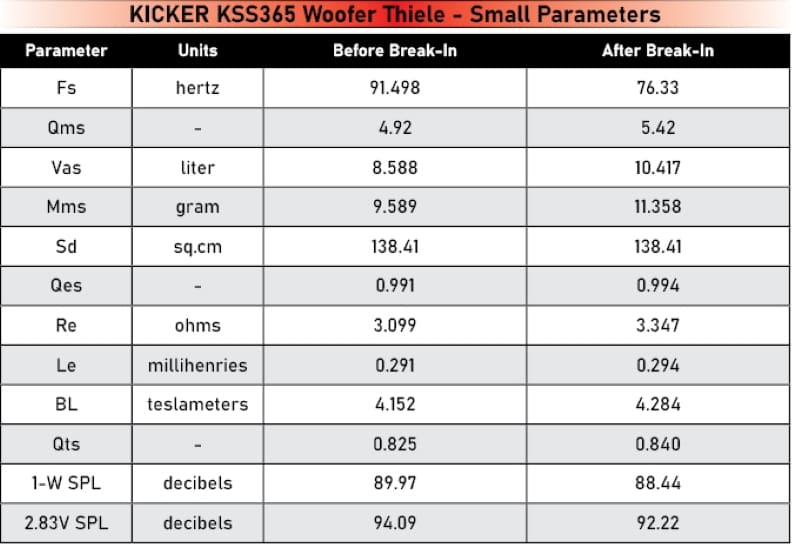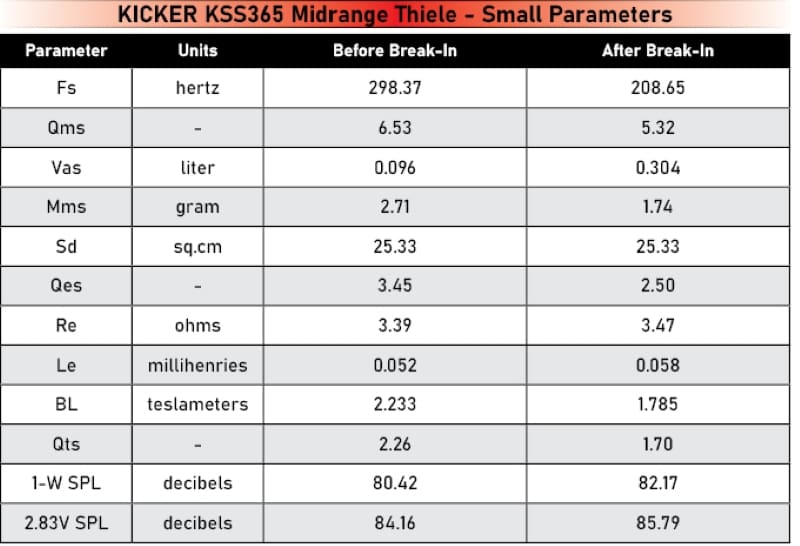Choosing new speakers for a late-model car or truck can be challenging. Most people want something that sounds good, fits their vehicle and doesn’t require a second mortgage. The folks at KICKER have heard this message loud and clear, and their KS-Series speakers check off all those boxes while leaving a trick or two up their sleeves. In this Test Drive Review, I’ll examine the unique KSS365 three-way component speaker set from our friends in Stillwater, Oklahoma.
What Makes the KICKER KSS365 Set Unique?
There are lots of component speaker sets on the market, but only a tiny percentage of them are three-way systems. Even then, a significantly smaller percentage of those three-way kits are designed to fit into modern vehicles without some amount of custom fabrication. The design team at KICKER created the KSS365 set by expanding the two-way KSS650 set. The KSS650 features a pair of 6.5-inch woofers, 1-inch tweeters, passive crossover networks and installation hardware for the tweeter. The three-way KSS365 set adds a pair of 2.75-inch midrange drivers, a plethora of mounting brackets and separate crossovers for each driver in the kit. It sounds simple in concept, but it’s clear that a significant amount of work went into creating this set. A similar set called the KSS369 swaps the 6.5-inch round speakers for a set of 6×9-inch woofers for even more bass and efficiency.
So, why is the KSC270 2.75-inch midrange such a big deal? If you drive a new General Motors, Toyota, Subaru, Chrysler or Jeep vehicle and want to improve the sound, you’ll quickly discover that 3- and 4-inch drivers don’t fit in the stock midrange speaker location. The KSS365 set includes a pair of the KS270s and mounting hardware, making installation in these vehicles boringly easy. The metal mounting brackets let your installer use the factory midrange speaker locations and hardware to secure this little midrange.
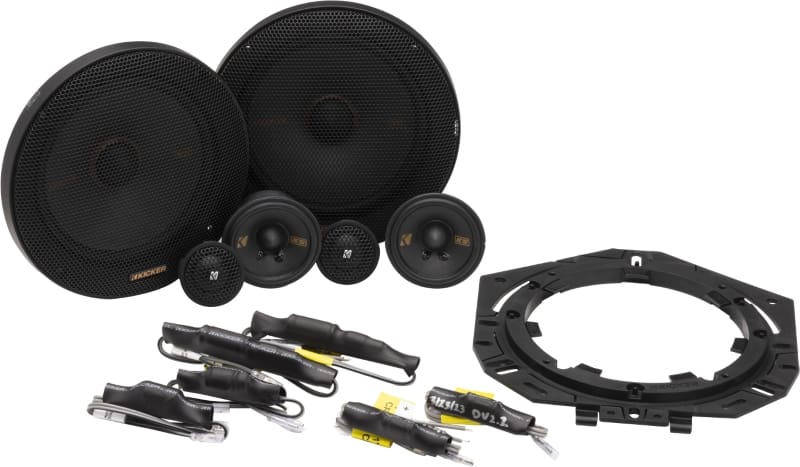
Benefits of a Three-Way Component Speaker System
You might wonder, why not save the hassle, use a two-way component set, and put the tweeter where the factory-installed midrange was located? Well, you certainly can, and many people do. However, with a standard 1-inch tweeter being the only speaker mounted high in the vehicle, much of the sound will seem to come from the doors or the bottom of the dash. Adding a dedicated midrange speaker will bring the vocals up to the windshield. This makes listening to music much more realistic as it sounds like the musicians are out in front of you.
If the system has a digital signal processor or an amplifier like the KEY200.4, it can handle setting signal delays, levels and equalization to make the soundstage even more realistic. Imagine hearing a musician walk across the soundstage or picking out the location of each instrument. This is called imaging, and when done correctly, it can make your music stunningly lifelike.
Components of the KS-Series Three-Way Speaker Set
Let’s break down the features of the parts included in the KICKER KSS365 set. First, we have a set of 6.5-inch woofers. These speakers are based on a stamped steel basket designed to minimize mounting depth requirements. Specifically, they need only 1 13/16 inches of clearance behind the mounting surface. Four tabs and seven holes in the mounting flange help ensure that the speaker will bolt into your car or truck without drama.
The woofers feature injection-molded internally damped polypropylene cones and durable rubber surrounds. A phase plug in the woofer’s center eliminates the chance of unwanted dust cap resonance or distortion. These speakers also feature KICKER’s Extended Voice Coil design to ensure that the speaker can play loudly without running out of excursion capability.
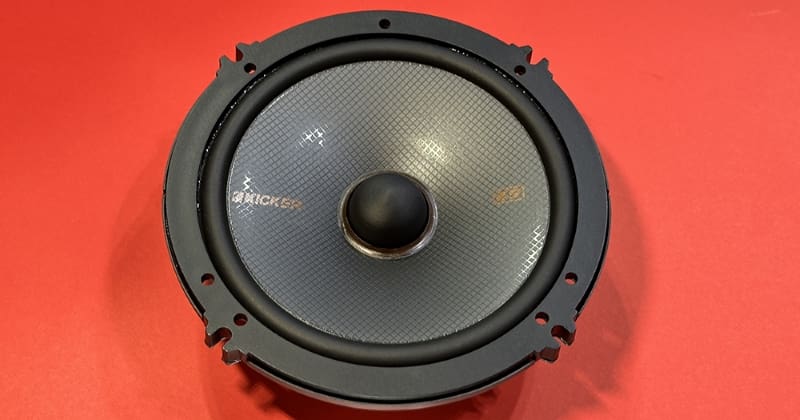
The KSC270 midrange drivers have a 2.75-inch design and use a pressed paper cone with a bullet-shaped dust cap. A textile surround is used for good damping characteristics. As mentioned, the midrange drivers include three sets of mounting brackets. As such, they don’t have any tabs on their stamped steel chassis. Wires with quick-connect terminals come pre-soldered to the speakers.
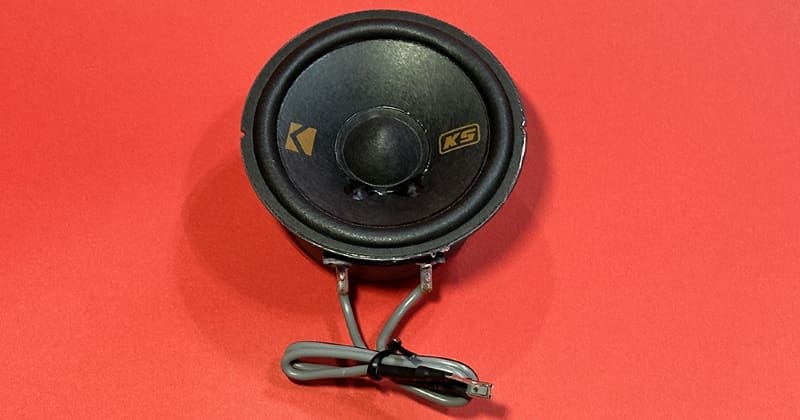
Finally, the 1-inch tweeters, called the KST250, feature silk diaphragms and neodymium magnets. Flush and angled mounting rings and bullet-shaped pods are included. The little pods are a godsend if your vehicle has no stock tweeter location that will accept these KICKER drivers.
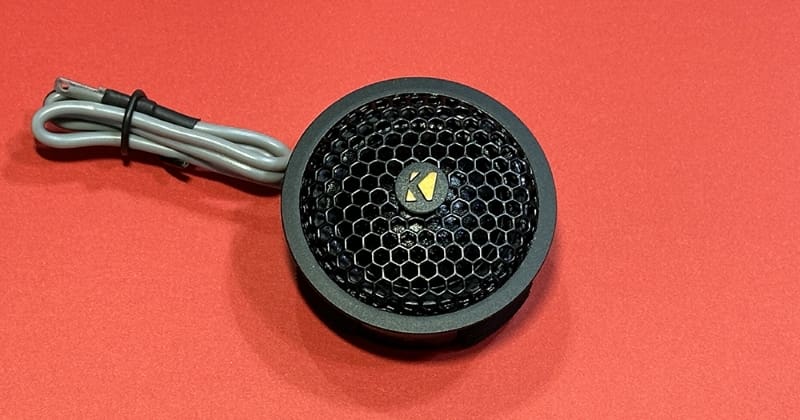
Flexible Crossovers Ensure Easy Installation
Designing passive crossover networks for a three-way speaker set seems easy. However, once it’s time to integrate things into a vehicle, big boxes full of inductors, capacitors and resistors become a pain. KICKER has kept things simple with the KSS365 set by providing speaker-specific inline crossovers for the woofers, the midrange drivers and the tweeters. Having each part separate means that your installer can mount the crossovers wherever they need to go to simplify wiring. If you have a midrange in the dash and a tweeter in the A-pillar, the mid and tweeter crossovers might be mounted in the kick panel. If the midrange is in the door, the woofer and tweeter crossovers might be easiest to install in the door. This design saves your installer time during installation, as no additional wires have to be run through the door wire harness boot.
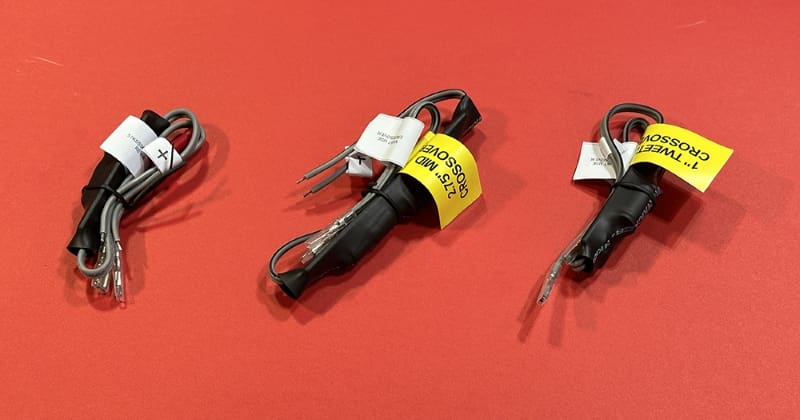
Installation Brackets Reduce Integration Time
Let’s take a closer look at the midrange mounting hardware. KICKER includes mounting brackets for General Motors and Chrysler vehicles, another for Jeeps, and a third for Subaru and Toyota installations. Each speaker bracket set has two parts sandwiched over the midrange to hold it securely. Once again, the brackets seem simple in concept but can save you money that your installer might spend creating vehicle-specific mounting hardware.
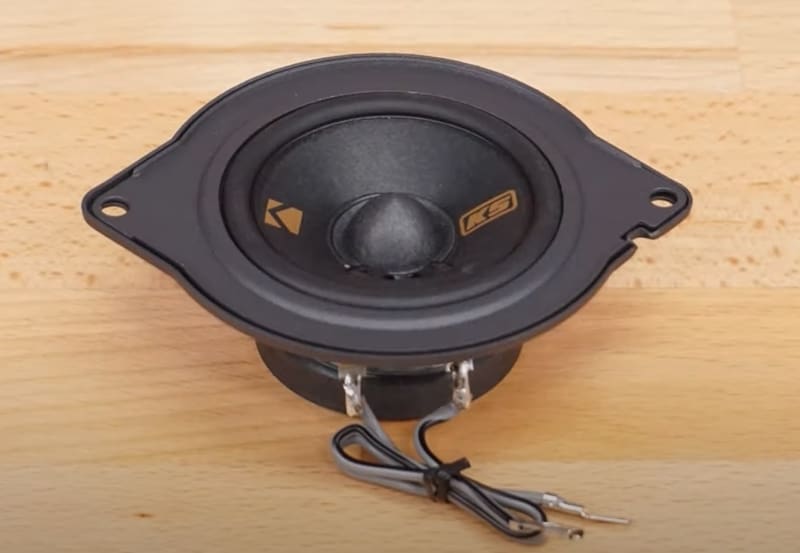
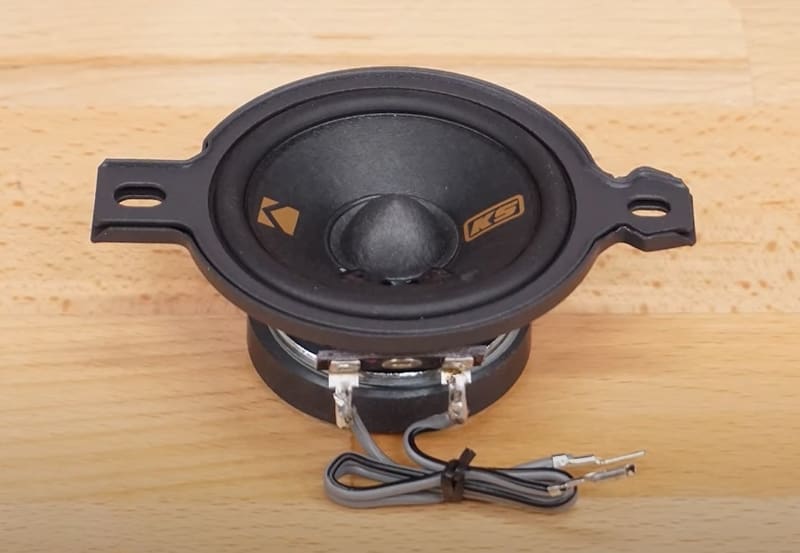
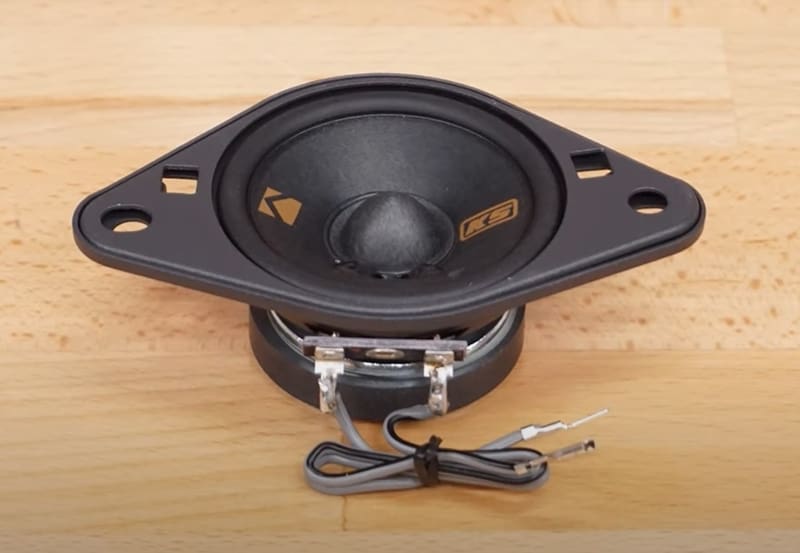
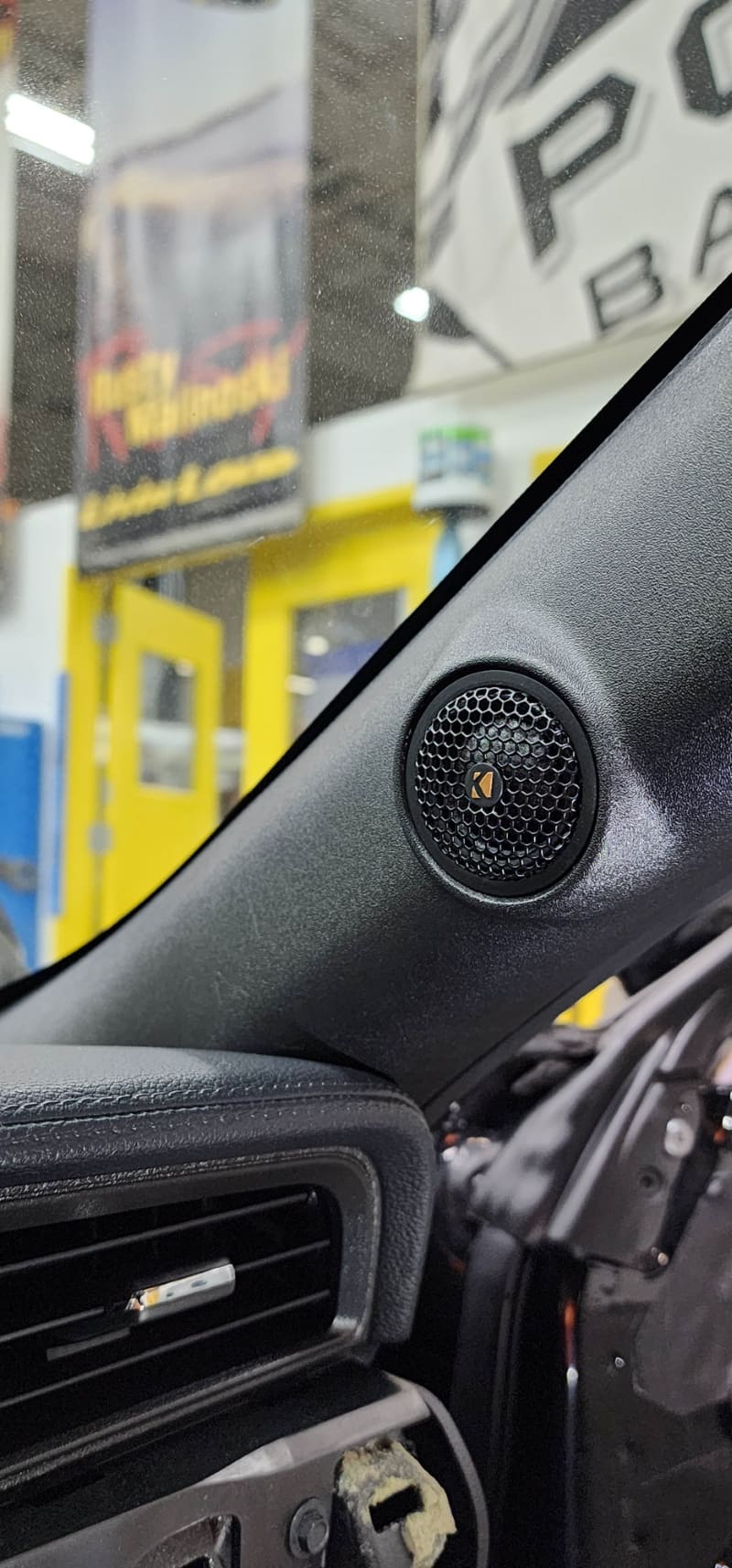
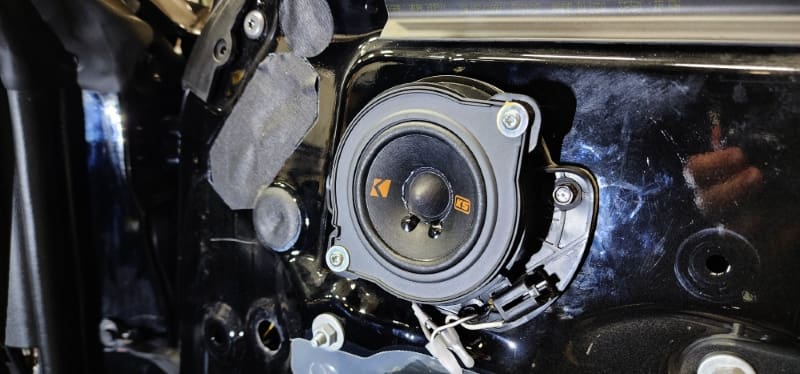
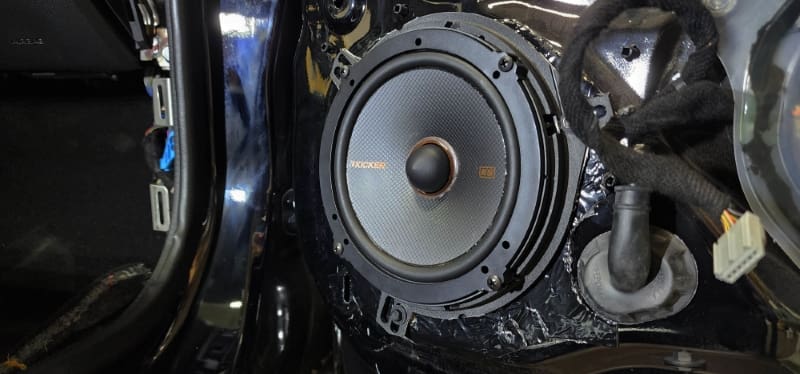
If you’re thinking that a lot of effort has gone into ensuring that these speakers will work with modern vehicles, you are right. KICKER spent significant time researching and measuring the stock speaker locations before embarking on this project. If you look at the top of the gift box for the KSS365 and several other KS-Series sets, you’ll see the “Made-To-Fit” logo. This logo tells you that the speaker sizes and mounting depths are optimized for your vehicle, with kits that include adaptable mounting brackets for the large woofers. Why is this important? The design reduces the time it takes to install these in your car, which translates to money in your pocket.
Bench Measurements of the KICKER KSS365
Anytime I get a new set of speakers in the lab for review, I measure the Thiele/Small electromechanical parameters of each driver right out of the box. Once I have that data, I connect the speakers to an amplifier and feed them a low-frequency test tone to exercise the suspension. Sometimes, the spider and surround will be more compliant after a few hours. This change can alter the way a speaker sounds. As such, I let the drivers cool and then measure them again.
Starting with the woofers, there wasn’t a significant change in compliance, as the Vas increased from 8.588 to 10.417. What did change was the resonant frequency. It dropped from 91.498 down to 76.33. Interestingly, the overall change affected total output more than the driver Q, so it won’t change the sound balance significantly.
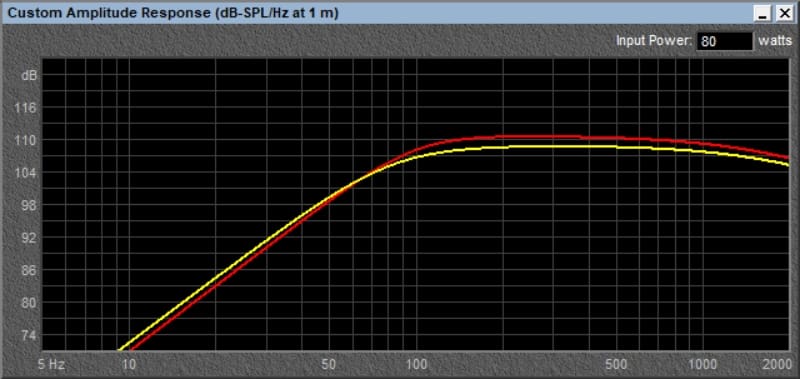
I took impedance and phase measurements with the driver in its final state. The data showed a modest resonance up around 700-800 hertz. However, since this is a three-way set, those frequencies will be beyond the crossover point where the midrange driver plays, so they aren’t an issue. The driver inductance is relatively low, so the crossover likely won’t need impedance compensation components like a Zobel network.
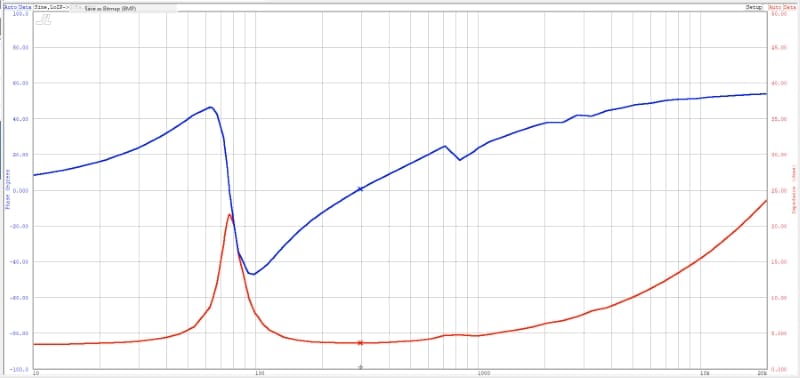
Midrange Speaker Break-In
The next step was to analyze the 2.75-inch midrange. Again, I measured the driver before and after exercising it with a low-frequency test signal. Once again, I saw a significant drop in resonant frequency but little change in equivalent compliance. The graph shows the change in predicted output.
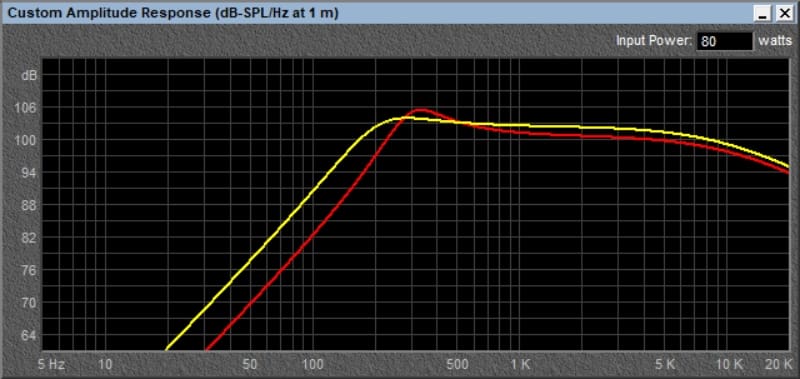
While the decrease in total Q-factor (Qts) from 2.26 to 1.7 is nice in smoothing the output and resonance around 320 hertz, it will take a LONG time for this to happen naturally. KICKER chose a high-pass filter frequency of 500 hertz for the midrange, so there won’t be much information to exercise the driver below that point.
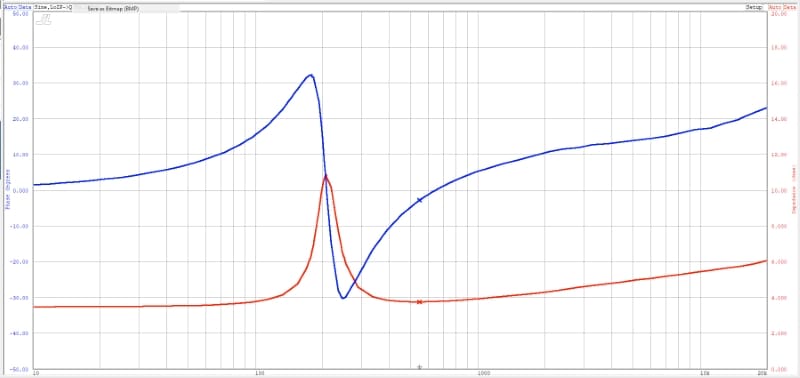
Tweeter Analysis
While some might debate the issue, I don’t feel that tweeters must be broken in. They don’t move much, so compliance changes won’t significantly affect their performance. As such, I took an impedance and phase sweep of the tweeter straight out of the packaging. The resonant frequency is 1.53 kHz, and the nominal impedance is around 3.3 ohms. There isn’t much inductance, as the impedance at 20 kHz only rises to about 4.5 ohms. This won’t be so high that it upsets Class-D amplifiers.
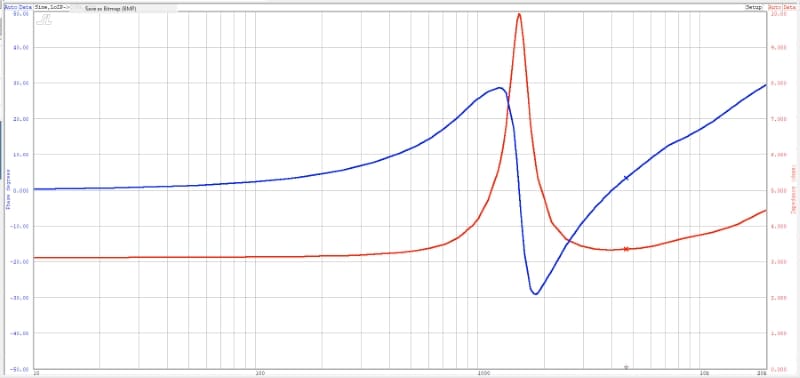
KICKER KSS365 Three-Way Component Speaker Listening Evaluation
With all the drivers measured, the last step was to set the system up in my listening room for an audition. I installed the woofer in my large enclosure. It has an internal volume of just over 2.2 cubic feet. This means the compliance of the air in the enclosure is large enough not to affect the woofer’s performance. The result will be similar to what you’d hear with the speaker in the door. The midrange driver also needs a way to keep the back wave from mixing with the front and canceling. I created a mounting panel with a 61-mm cutout and screwed it to the face of a wedge-shaped 6×9 enclosure. With the high crossover frequency, the enclosure volume doesn’t matter. Finally, I located the tweeter between the mid and woofer on the same plane. I connected the supplied crossover network, paying close attention to polarity in the electrical connections.
The first track I listened to was “Sound of Silence” by Disturbed with Miles Kennedy. I first noticed that you could easily hear whenever lead singer David Draiman or Miles took a breath. There was a slight emphasis on the letters O and E, but these weren’t excessive. The vocals weren’t chesty, a common issue with some three-way systems. Finally, the drums had a good impact, and the bass guitar was nice and clear.
Purely by coincidence, the next track I listened to was “50 Ways to Leave Your Lover” by Paul Simon. The percussion on this track is very clear. The shaker was nice and forward in its presentation. Likewise, the kick drum and floor tom were balanced in their attack and resonance reproduction inside their respective bodies. Paul’s voice wasn’t warm but very clear and present, achieved without being harsh or bright.
Keeping with the old-school theme, I listened to “Baba O’Riley” by The Who. The Lowrey organ in the introduction and the piano that joins around 43 seconds into the track were clear and well-defined. When the percussion came in at 58 seconds, it was very present and blended perfectly into the mix. The cymbals had a nice crash, and the tweeters did a great job of ensuring that they’d be audible even if your audio system has a healthy dose of subwoofer output. That said, they weren’t harsh or bright.
I finished the formal listening session with Metallica’s “Crash Course in Brain Surgery.” Once again, this is a nicely produced track. The instruments don’t mush together into a wall of sound or blurred mess. You can hear every note with impressive definition. I particularly liked how well-defined the bass frequencies were. This isn’t an easy feat for a higher-Q woofer.
While I made my notes, I casually listened to “Ego Death” by Polyphia. This track sounds a bit like something from Tool. Sometimes, it’s fun not to focus on the music and just let it play. Some consider this the difference between a music lover and an audiophile. For me, it just depends on what I’m trying to achieve. Sometimes I listen to music, and sometimes I listen to how the audio equipment reproduces recordings. Nevertheless, the bass is warmer on this track. I listened to the entire track to enjoy the KICKER KSS365 set.
Conclusions on KICKER’s KS-Series Three-Way Component Set
Designing speaker systems isn’t easy, at least not when you care about how they perform. The KS-Series KSS365 set aimed to balance efficiency, clarity and installation flexibility. The higher-Q design on the woofer and midrange helps to boost the bottom end of both to make the set compatible with radio or low-power amplifiers. The speakers sound very good in terms of their respective price point. You can get more clarity from a more expensive, more complex set of speakers. However, that’s not a complaint about this system.
Finally, the made-to-fit KICKER KSS365 is easy to integrate into vehicles. The woofer is shallow and includes a mounting adapter. The midrange size is ideal for the limited space more modern vehicles offer, and the adapters make integration very straightforward. Everything your installer will need, aside from maybe more speaker wire, is included with the tweeters. Finally, the flexible speaker-specific crossovers negate the need for running extra speaker wires through the door harness boot. That’s a lot of check-boxes that even some costly speaker sets overlook.
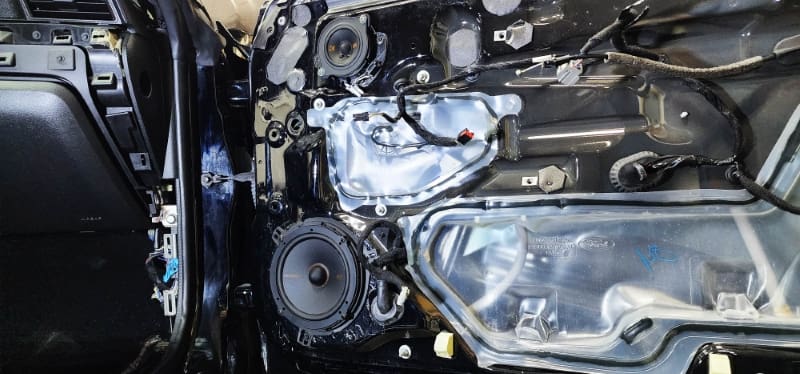
If you have a newer vehicle with the three-way front speaker system and you want to upgrade it to something that will sound better and play louder, drop by a local authorized KICKER retailer and ask about the KS-Series KSS365 and KSS368 three-way speaker sets. For the money, they’re going to be hard to beat. You can find a retailer near you using the locator tool on their website. Be sure to follow KICKER on Facebook, Instagram and YouTube to stay up to date with their latest product releases and any events they’re attending.

